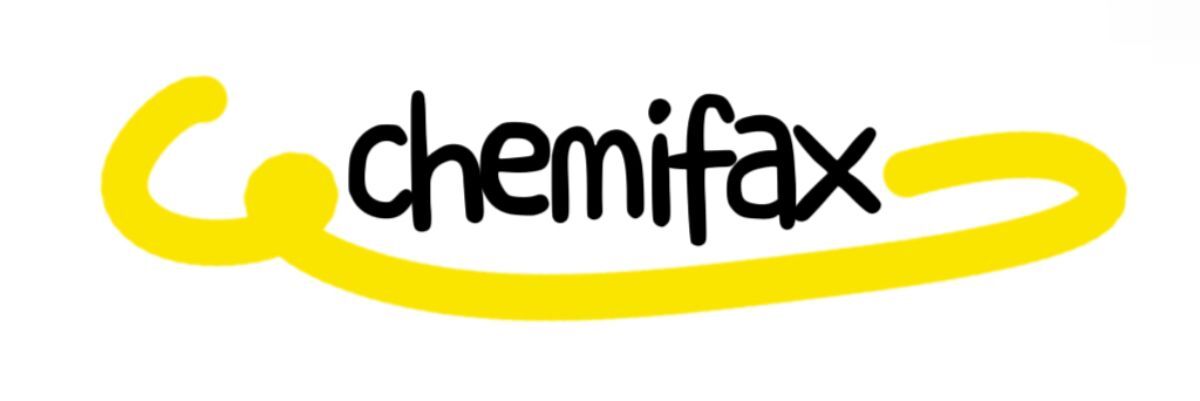Understanding RDP Applications in Gypsum Plaster Solutions
In the construction industry, gypsum plaster has gained immense popularity due to its versatility, ease of application, and superior finish. One crucial component in the formulation of gypsum plaster is Redispersible Polymer Powder (RDP). This article delves into the applications, benefits, and statistical relevance of RDP in gypsum plaster solutions.
What is RDP?
Redispersible Polymer Powder (RDP) is a water-soluble powder made from copolymers. When mixed with water, RDP forms a film that enhances the properties of mortar and plaster. Its incorporation into gypsum plaster enhances adhesion, flexibility, and workability, leading to better overall performance.
Key Applications of RDP in Gypsum Plaster
1. Enhanced Adhesion
RDP improves the bonding strength of gypsum plaster to different substrates, including concrete, brick, and wood. According to a study by the American Society of Testing and Materials (ASTM), gypsum plaster with RDP exhibits up to 30% higher adhesion strength compared to formulations without RDP.
2. Improved Workability
The inclusion of RDP increases the workability of gypsum plaster, allowing for smoother application and finishing. Research indicates that using RDP can extend open working time by approximately 45%, thereby reducing the likelihood of material waste due to rapid hardening (source: International Journal of Building Materials).
3. Flexibility and Durability
Gypsum plaster enhanced with RDP is more flexible and resistant to cracking. Testing by the Construction Technology Institute shows that RDP-modified gypsum plasters exhibit a 25% increase in flexibility under stress, making them an ideal choice for various environmental conditions.
Statistical Overview
Market Trends and Growth
The global RDP market is anticipated to grow at a CAGR of 5.2% from 2023 to 2028, reaching USD 1.4 billion by 2028 (source: Market Research Future). This growth is driven by the rising demand for sustainable building materials and the continued expansion of the construction industry.
Adoption Rates by Region
Northern America and Europe are leading the adoption of RDP in gypsum plaster applications, accounting for over 60% of the market share in 2022 (source: Global Building Materials Report). Asia-Pacific is expected to witness the highest growth rates as emerging economies ramp up construction efforts.
Benefits of Using RDP in Gypsum Plaster
1. Eco-Friendliness
RDP is considered more environmentally friendly compared to traditional bonding agents due to its lower volatile organic compound (VOC) emissions. Studies show that formulations with RDP can reduce VOC emissions by up to 50%, thus supporting sustainable building practices (source: Environmental Protection Agency).
2. Cost-Effectiveness
Although the initial cost of RDP might be higher than traditional additives, its ability to reduce wastage and enhance durability translates into long-term savings. Projects utilizing RDP-laden gypsum plaster reported a 15% reduction in overall material costs due to decreased product consumption and increased longevity (source: Journal of Cost Analysis in Construction).
Conclusion
Understanding the applications and benefits of RDP in gypsum plaster solutions illuminates its vital role in modern construction practices. With enhanced adhesion, workability, flexibility, and eco-friendliness, RDP-modified gypsum plaster stands out as a superior choice for builders and architects alike. As the market for RDP continues to grow, its presence will undoubtedly shape the future of gypsum plaster in construction.

Comments
All Comments (0)